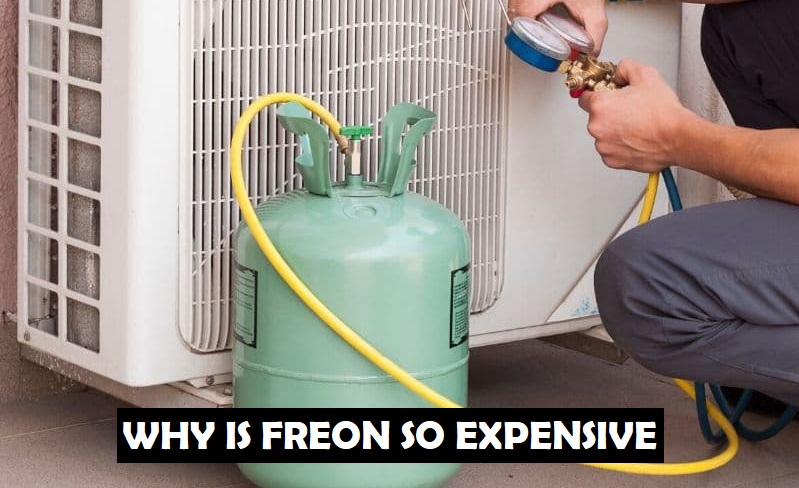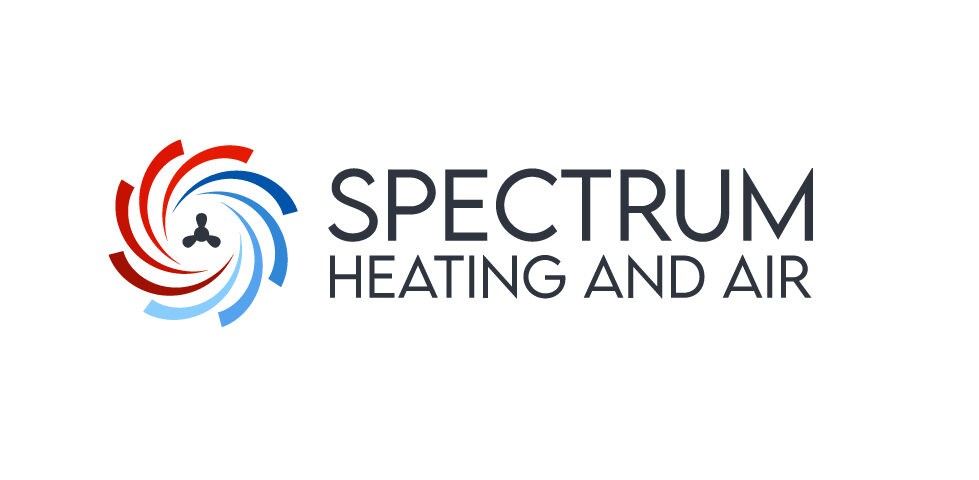Freon, a refrigerant widely used in air conditioning and refrigeration systems, has become notorious for its soaring prices in recent years. In this article, we will explore the factors that contribute to the high cost of Freon and delve into the complexities of the market and environmental regulations. By the end of this article, you will have a comprehensive understanding of why Freon has become a costly commodity.

1. The Phasing Out of Freon
The primary reason for the expensive nature of Freon is the global phase-out of certain types of hydrochlorofluorocarbons (HCFCs), including R-22, the most common type of Freon. The phase-out is part of an international effort to protect the ozone layer and reduce greenhouse gas emissions. As a result, the production and importation of R-22 have been significantly reduced, leading to a limited supply and higher prices.
2. Decreasing Availability
Due to the phase-out, the availability of R-22 has diminished over the years. As the supply dwindles, it becomes increasingly challenging for consumers and businesses to find Freon for their older air conditioning and refrigeration systems that still rely on R-22. The scarcity of Freon in the market has pushed up prices considerably.
3. Transition to Environmentally-Friendly Alternatives
To comply with environmental regulations and tackle climate change, the HVAC industry has been transitioning to more eco-friendly refrigerants. Newer refrigerants, such as R-410A, are being adopted in modern air conditioning systems because they have a lower impact on the ozone layer and contribute less to global warming. However, the production of these alternative refrigerants is still relatively limited compared to R-22, driving up their prices.
4. Costs of Reclaiming and Recycling Freon
Properly handling and disposing of Freon is essential for environmental protection. With the phase-out in place, regulations require the responsible reclamation and recycling of R-22. The reclamation process is costly, as it involves sophisticated equipment and meticulous procedures to ensure the refrigerant is clean and safe for reuse. These expenses contribute to the overall price of Freon.
5. Technological Challenges
Developing and manufacturing alternative refrigerants that match the performance of Freon R-22 has presented technological challenges. Engineers and scientists have had to overcome hurdles in designing refrigerants that are both environmentally friendly and efficient in cooling systems. The research and development costs of these new compounds are passed on to consumers, adding to the higher costs.
6. Market Speculation and Demand
Market speculation and demand can also drive up the price of Freon. As the phase-out progresses, some consumers stockpile R-22 or purchase large quantities as a hedge against future scarcity, creating a surge in demand and further increasing prices. This speculative behavior can exacerbate the existing supply issues.
7. Global Supply Chain Disruptions
Like many industries, the HVAC sector has experienced supply chain disruptions due to various global events, such as natural disasters, economic fluctuations, and pandemics. These disruptions can impact the production and distribution of refrigerants, including Freon, leading to temporary shortages and price fluctuations.
8. Energy Efficiency Considerations
Aside from the cost of the refrigerant itself, there is an additional factor to consider when discussing the overall expense of using Freon. Older systems that rely on R-22 tend to be less energy-efficient compared to newer systems that use environmentally friendly alternatives. As a result, consumers may experience higher energy bills, further contributing to the perceived cost of Freon.
The increasing cost of Freon is primarily driven by the phase-out of R-22, the dwindling availability, and the transition to more eco-friendly alternatives. The market’s response to these changes, coupled with supply chain disruptions and energy efficiency considerations, further compounds the issue. As we move towards a greener future, it is crucial for consumers and businesses to stay informed about the evolving landscape of refrigerants to make sustainable and cost-effective choices.




